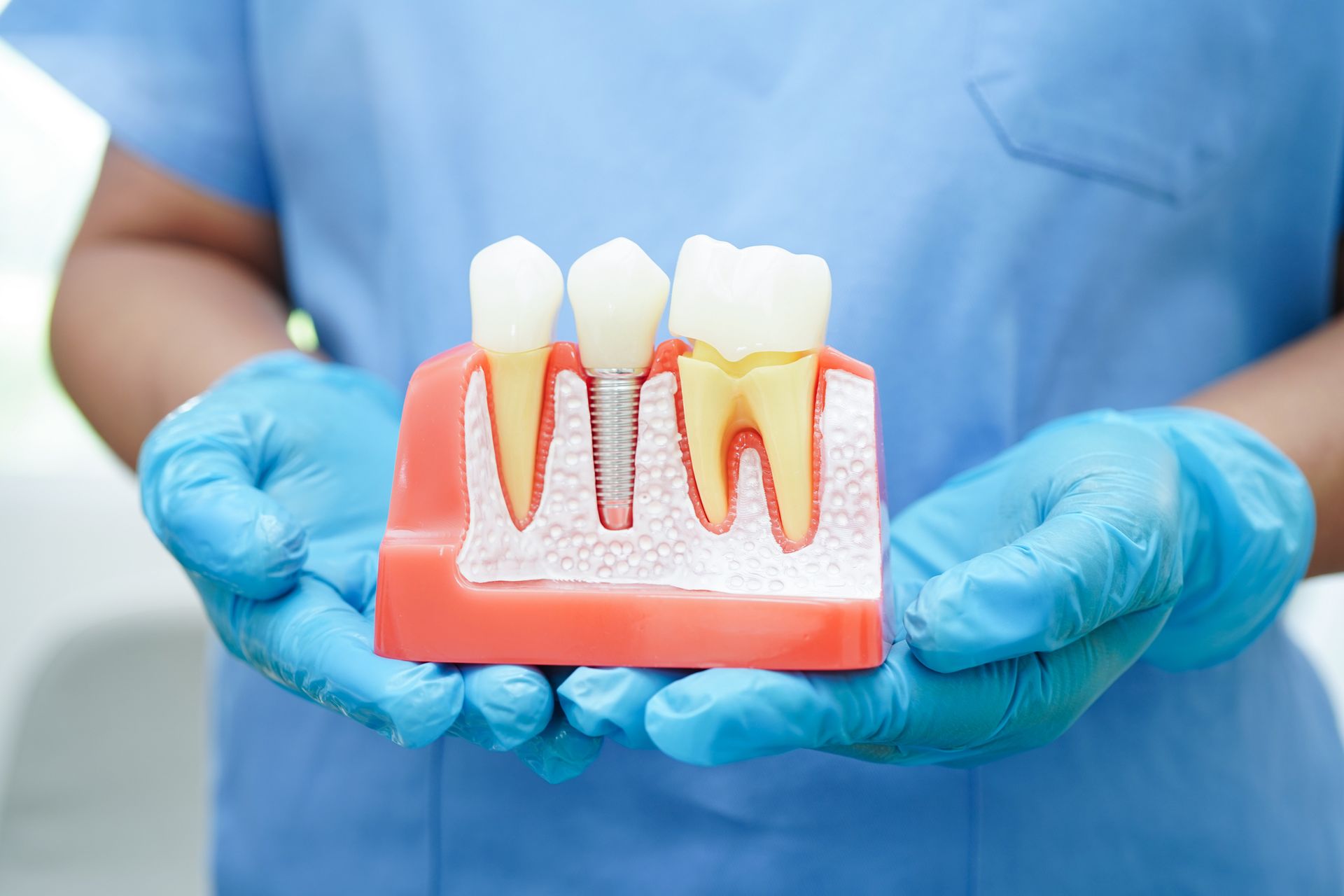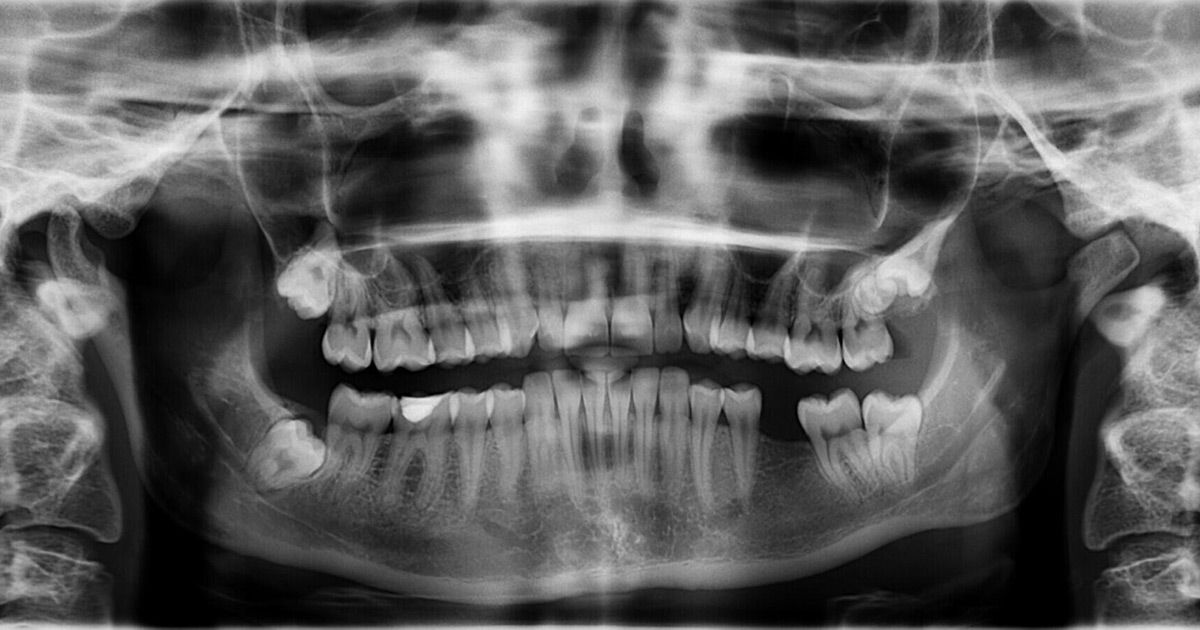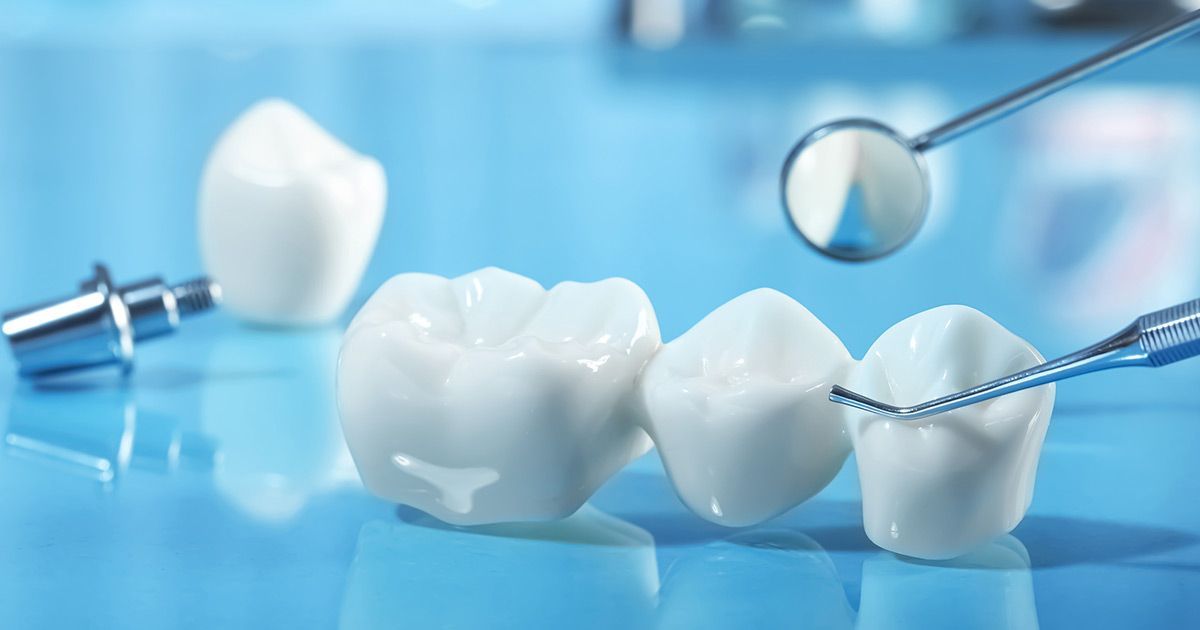Preparing for the Root Canal Process: What to Know Before You Go
Due to undergo the root canal process in the near future? Learn more about what you can expect from the procedure and recovery in this blog.
Does your tooth feel irritated or inflamed? Has an infection set in due to deep decay? You're not alone.
In fact, oral disease affects about 3.5 billion people worldwide. If you have a decayed or infected tooth, you might need a root canal.
What is the root canal process like, exactly? How do you know you need a root canal procedure? Keep reading to find out.
In this guide, we'll review everything you need to know before your procedure. Then, you can feel rest assured before your appointment.
Read on to learn more about the root canal to crown process today.
What is a Root Canal?
Signs You Need One
About 15 million root canals are completed in the US every year. Why do so many people need to undergo the root canal to crown process?
A damaged tooth's nerve tissue or pulp breaks down over time. Bacteria then multiply within the pulp chamber as a result.
In time, the bacteria can cause an infection or abscess.
This pus-filled pocket can develop as an infection spreads. Infection can lead to:
- Bone loss around the tip of the tooth's root
- Swelling (affecting the face, neck, or head)
- Drainage issues
It's important to know how to recognize you might require a root canal. For example, you might have:
- Deep decay or darkened gums
- Painful or swollen gums
- Pimples on the gums
- A chipped or cracked tooth
- Sensitivity that lingers
- A sharp pain when you bite or chew
If these symptoms sound familiar, let your dentist know right away. They can determine if the root canal to crown process is right for you.
The Procedure
What exactly does the root canal process entail?
You'll need to visit a dentist or endodontist. Endodontists specialize in diagnosing and treating diseases of the dental pulp. For difficult cases, your general dentist might suggest you visit an endodontist.
First, your dentist will need to take X-rays. X-rays will help them visualize the shape of the root canals. They'll determine if infection is impacting the surrounding bone as well.
Then, your dentist will use local anesthesia to numb the treatment area. If the nerve is dead, you might not require anesthesia.
Your dentist will use a rubber dam to keep the treatment area dry and free of saliva as they complete the root canal and crown process.
Next, the dentist will need to drill an access into your tooth. They'll remove the bacteria, decayed nerve tissue, and pulp. Then, they'll clean the area using root canal files.
These files are placed into the access hole. They'll scrape and scrub the sides of the root canals.
Once this process is complete, the dentist will use water or sodium hypochlorite to flush away remaining debris.
Your dentist will need to seal the cleaned tooth. They'll place a rubber compound into the root canal. The dentist will fill the access hole they created as well.
Finally, your dentist will further restore the tooth. For example, they might suggest a crown or crown and post. A crown will protect the tooth and prevent it from breaking.
Your dentist will know if you require any additional work.
Recovery
After the root canal process is complete, your mouth might feel numb for a few hours.
You can return to school, work, or other activities in the meantime. Consider waiting until the numbness subsides before you eat.
It's normal to experience a little sensitivity in the days after your appointment. Your dentist might suggest over-the-counter medications.
For example, you can take Advil, Motrin, or Aleve.
Try to avoid chewing using the treated tooth until your filling or crown is in place. You'll want to keep the treatment area clean.
In the meantime, make sure to maintain proper oral hygiene. Brush, floss, and use an antiseptic mouthwash daily.
The root canal and crown process has a high success rate. The tooth should last a lifetime.
However, there are a few complications to consider. For example, a new infection might form. This usually occurs due to:
- An undetected crack at the root of your tooth
- A problem with the restoration, allowing bacteria to travel into the inner tooth
- The inner sealing material breaking down over time (allowing bacteria to contaminate the inner tooth)
Your dentist can retreat the infected tooth to save it. In some intense cases, however, you might require surgery.
Surgery can relieve the inflammation or infection around the end of the tooth.
Otherwise, make sure to brush and floss twice a day. Visit your dentist regularly, too. Regular appointments could help you catch problems before an infection can spread.
Take a Bite: Understanding the Full Root Canal Process
To recap, what is the root canal process like? The process itself is virtually painless. A root canal can help you treat an infected or decayed tooth.
Make sure to speak with your dentist to determine if this treatment is right for you.
Ready to request an appointment? We're here to help.
Contact us today to get started.
Dr. Haddad
D.M.D
Dr. Haddad’s purpose at Sewell Dental Designs is to empower his patients so they can achieve and maintain excellent dental health and have a smile they are happy to show off. He decided on this path after receiving treatment from a competent and friendly dentist when he was a teen.
Dr. Haddad obtained his Bachelor of Science degree at George Mason University in Virginia and went on to earn his Doctor of Medicine in Dentistry degree (DMD) from Temple University Maurice H. Kornberg School of Dentistry.
Dr. Joanna
D.D.S
Dr. Joanna Haddad was born and raised in Lebanon and now resides in Philadelphia, PA. She speaks Arabic, French, and English fluently. Dr. Joanna earned her Doctorate of Dental Medicine from the University of Pennsylvania School of Dental Medicine, graduating with honors in Public Health. During her time in dental school, she was highly involved in various organizations and served as the Chapter President of the American Student Dental Association. She is also a proud member of the American Dental Association, American Association of Facial Esthetics and American student dental association.
Dr. Giesberg
D.D.S
Dr. Konstantina S. Giesberg, DDS, is a board-certified dentist anesthesiologist who has earned the privilege of becoming a Diplomate of the American Dental Board of Anesthesiology (DADBA).Dr. Giesberg obtained, with honors, her degree of Doctor of Dental Surgery (DDS) from the University of Buffalo, NY. She then completed her General Practice Residency in Dentistry at Wyckoff Heights Medical Center in Brooklyn, NY. Dr. Giesberg then furthered her studies at Wyckoff Heights Medical Center with a Specialty Program in Dental Anesthesiology, involving three years of concentration in deep sedation and general anesthesia.















